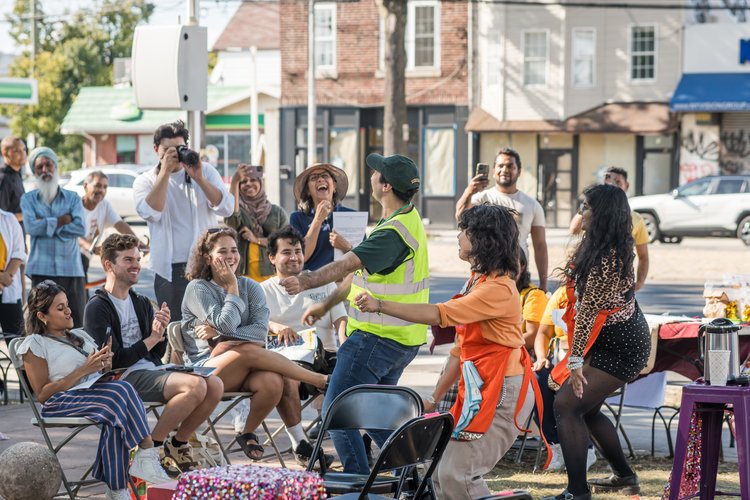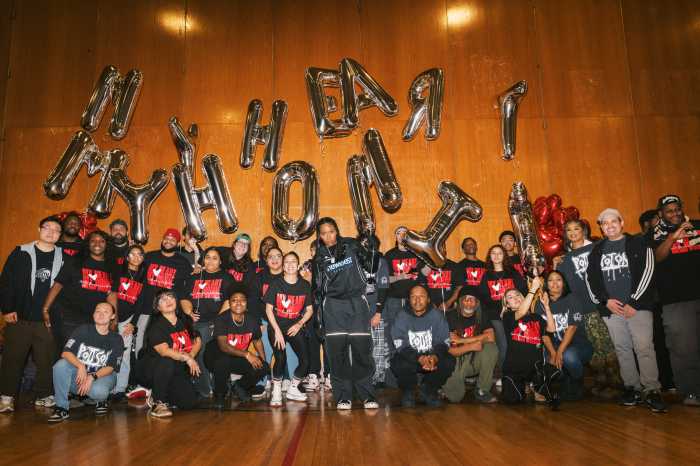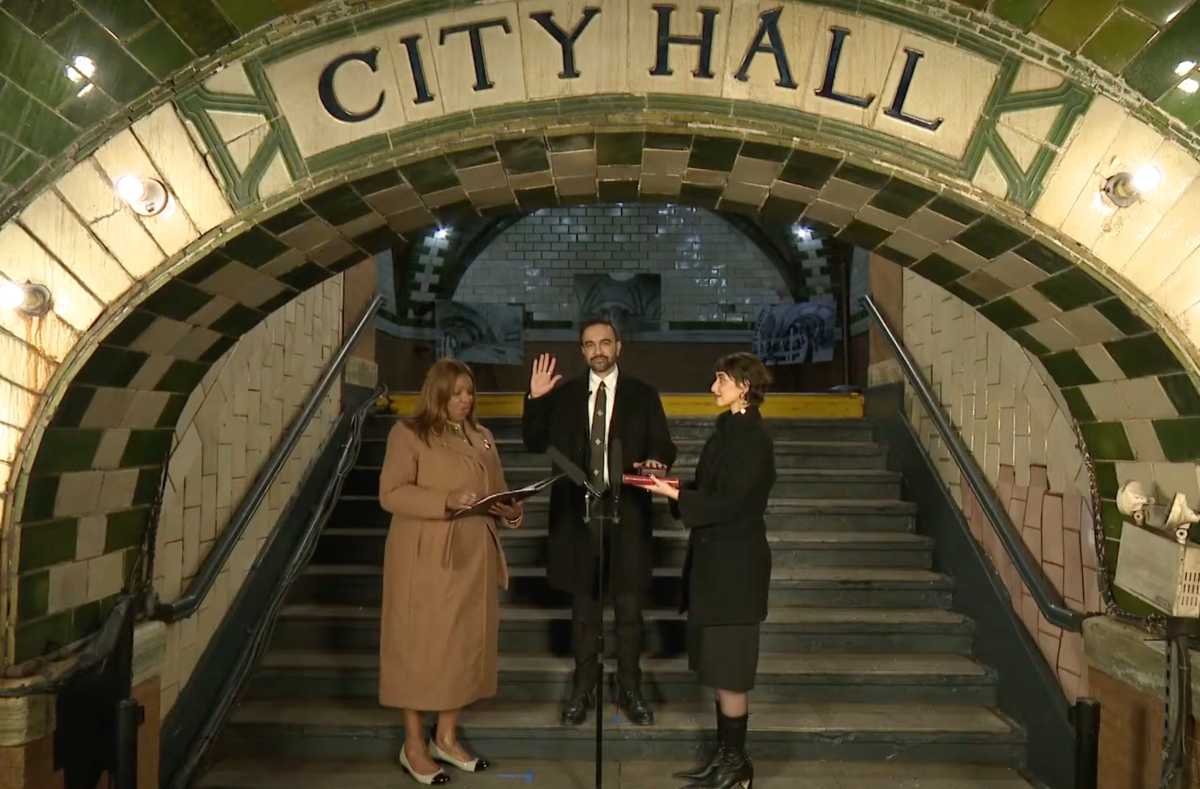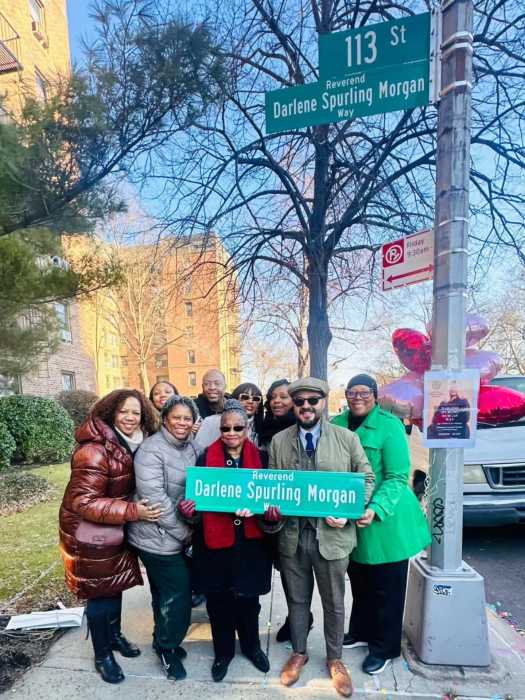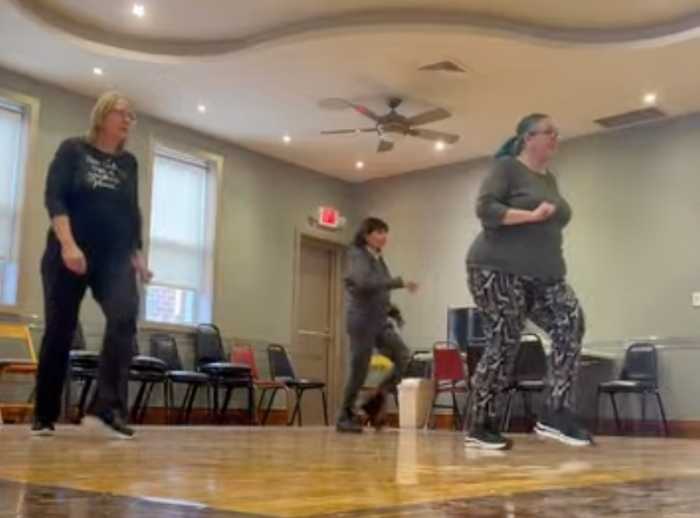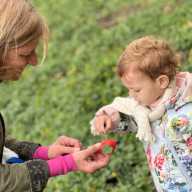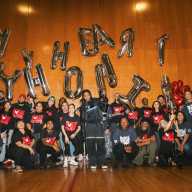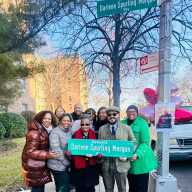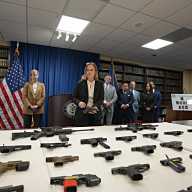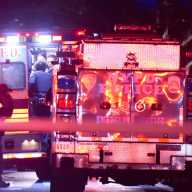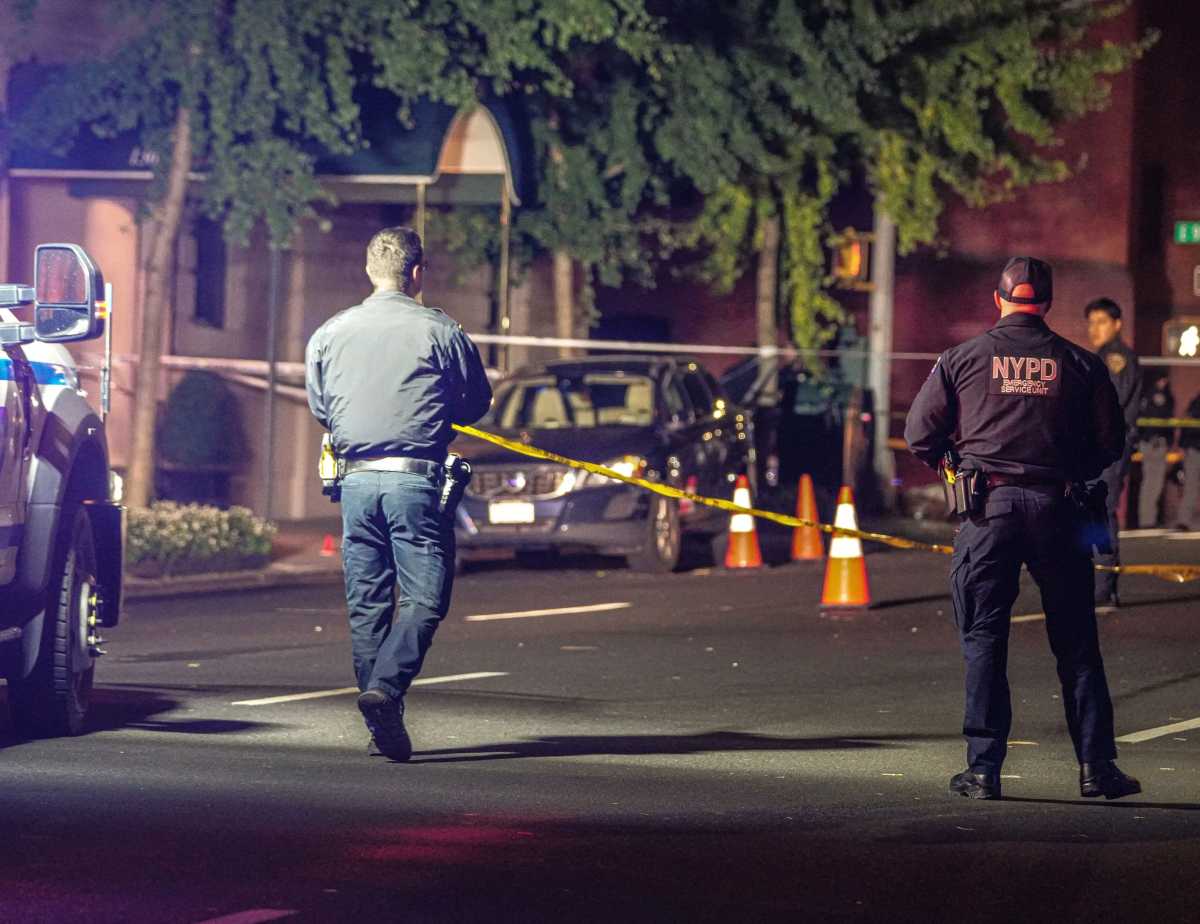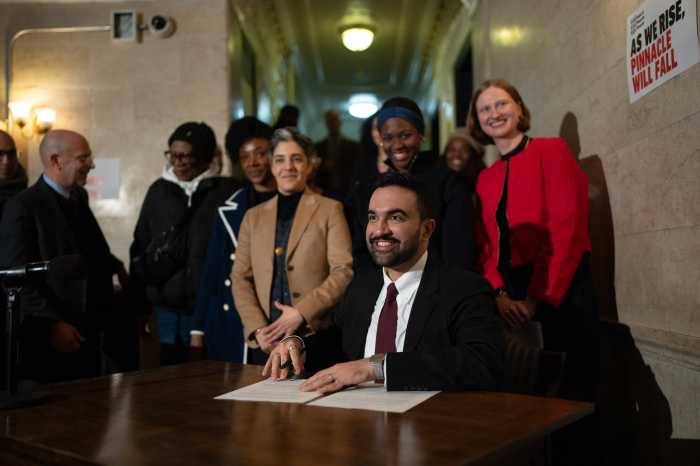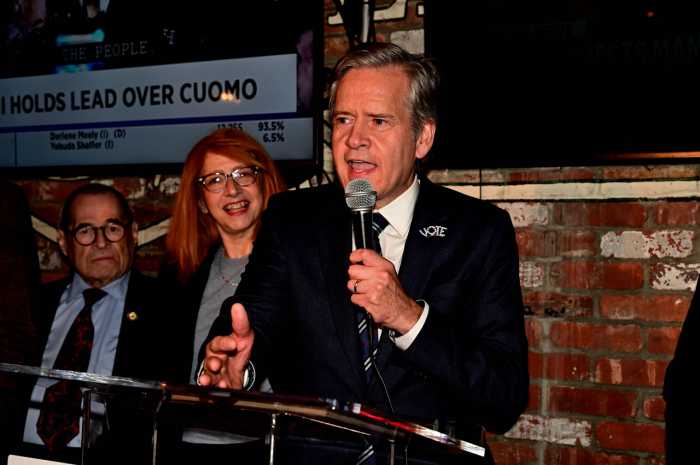Queens is increasingly vulnerable to the impacts of climate change, including severe flooding and extreme heat. Known for both its density and diversity, Queens faces unique challenges in preparing for these climate-related disasters. Low-lying areas of Southeast Queens with high groundwater levels are particularly susceptible to flooding due to coastal storm surges and heavy rainfall.
The devastating impact of Hurricane Ida in 2021 – during which at least nine people drowned in basement apartments due to flooding – highlights the urgent need for improved disaster preparedness communication. Art and theater can be utilized to this end effectively, rendering critical information more accessible and impactful. By embracing creative messaging strategies, we can foster a culture of preparedness and ensure that all residents are equipped to handle the growing threats posed by climate change.
Due to consistent cuts to federal funding and infrastructure, it’s more critical than ever for the City to support local artists and nonprofits dedicated to raising awareness about climate impacts and emergency preparedness. By investing in creative initiatives through financial or technical assistance, the City can help build a more resilient and informed public.
Art and theater play a crucial role in translating complex climate science into accessible and relatable narratives. Through dynamic visuals, performances, and storytelling, these mediums can vividly illustrate climate impacts like flooding and extreme heat, making them tangible and urgent for audiences. By engaging emotions and fostering empathy, art and theater make emergency preparedness more comprehensible, encouraging proactive steps against climate-related disasters. Incorporating drama, humor, and creativity, art not only educates but entertains, motivating communities to absorb and act on vital information.
For example, Flood Sensor Aunty – created by Sabina Sethi Unni and incorporated into Waterfront Alliance’s Community Day – seamlessly connects theater to disaster preparedness. The play revolves around an anthropomorphic flood sensor who works at her aunt’s chai shop and dreams of becoming a movie star.
Performed in various locations across Queens, including Richmond Hill and Jackson Heights, Flood Sensor Aunty engages local communities by incorporating culturally relevant elements like chai, pakora, and Bollywood classics. Through a partnership with New York City Emergency Management, audience members leave with tangible emergency planning materials, such as disaster kits and flood alarms, making the information both accessible and actionable.
Local arts organizations are trusted voices within their communities; they understand their unique cultural and social dynamics and can effectively mobilize residents into action. Through collaboration with artists who deeply connect with their neighbors, these organizations can create art and theater that is not only informative but also engaging and relevant.
By investing in ambitious creative initiatives, the City can ensure that vital climate-related disaster preparedness messages resonate deeply and drive meaningful action among residents.
Sabina Sethi Unni is a freelance writer and Director of Flood Sensor Aunty and Furhana Husani is the Director of Programs and Climate Initiatives at Waterfront Alliance.

